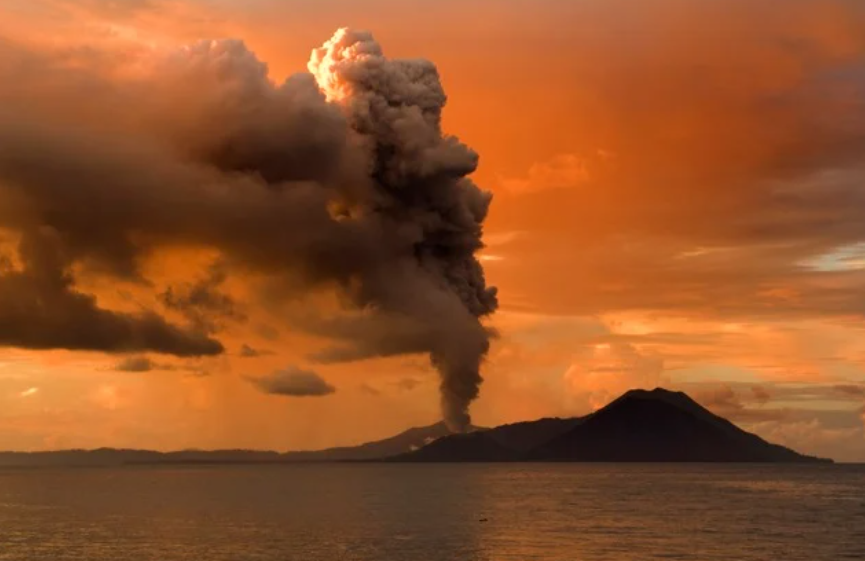PapuaAround.com – Papua, the easternmost province of Indonesia, has stunning landscapes, rich biodiversity, and vast natural resources. However, its unique geographical characteristics also make it prone to various natural disasters, including earthquakes, floods, landslides, and volcanic eruptions. As the region continues to develop, there is an increasing need to implement effective strategies to mitigate the risks of these disasters and protect the lives and livelihoods of the people living in Papua.
The first step in preventing natural disasters in Papua is to understand the specific risks that the region faces. Papua is situated on the Pacific Ring of Fire, a zone of high seismic activity that makes it vulnerable to earthquakes and volcanic eruptions. In addition, the region’s mountainous terrain and heavy rainfall contribute to the frequent occurrence of landslides and floods. Recognizing these risks is crucial for developing targeted disaster prevention and management strategies.
One of the most effective ways to prevent natural disasters is through community education and awareness programs. Educating the local population about the potential risks and how to respond to them can significantly reduce the impact of disasters. This includes teaching people how to recognize early warning signs, evacuate safely, and prepare emergency kits. In Papua, where many communities live in remote and difficult-to-access areas, outreach efforts must be tailored to reach even the most isolated villages. Utilizing local languages and cultural practices in these educational programs can also enhance their effectiveness.
Investing in resilient infrastructure is another key strategy in preventing natural disasters in Papua. This includes constructing earthquake-resistant buildings, reinforcing bridges and roads, and improving drainage systems to prevent flooding. In areas prone to landslides, proper land use planning and slope stabilization techniques can help reduce the risk. Additionally, the development of early warning systems for earthquakes, tsunamis, and floods can provide valuable time for people to evacuate and take necessary precautions. The government, in collaboration with local authorities and international organizations, should prioritize these infrastructure improvements to enhance the region’s disaster preparedness.
Read also: President Jokowi Welcomes Papua New Guinea’s Prime Minister to Bogor Palace
Environmental conservation plays a crucial role in reducing the risk of natural disasters in Papua. Deforestation, illegal logging, and mining activities can destabilize the land, making it more susceptible to landslides and flooding. Protecting and restoring forests, particularly in mountainous areas, can help prevent soil erosion and maintain the natural balance of the ecosystem. Furthermore, preserving wetlands and mangroves can act as natural barriers against tsunamis and storm surges. The government must enforce strict regulations on land use and resource extraction to safeguard the environment and reduce the vulnerability of the region to natural disasters.
Preventing natural disasters in Papua requires a coordinated effort among various stakeholders, including government agencies, non-governmental organizations, local communities, and international partners. Collaboration is essential for sharing information, resources, and expertise. Establishing a regional disaster management center in Papua could serve as a hub for coordinating disaster prevention efforts and responding to emergencies. This center could also facilitate training programs, conduct research, and develop disaster response plans tailored to the specific needs of the region.
Papua’s unique geographical and environmental characteristics present significant challenges in preventing natural disasters. However, by understanding the risks, educating communities, strengthening infrastructure, conserving the environment, and fostering collaboration, these challenges can be effectively addressed. The safety and well-being of Papua’s population depend on proactive measures to mitigate the impact of natural disasters. Through concerted efforts, it is possible to build a more resilient and disaster-ready Papua, ensuring that its people can continue to thrive in harmony with their natural surroundings.

